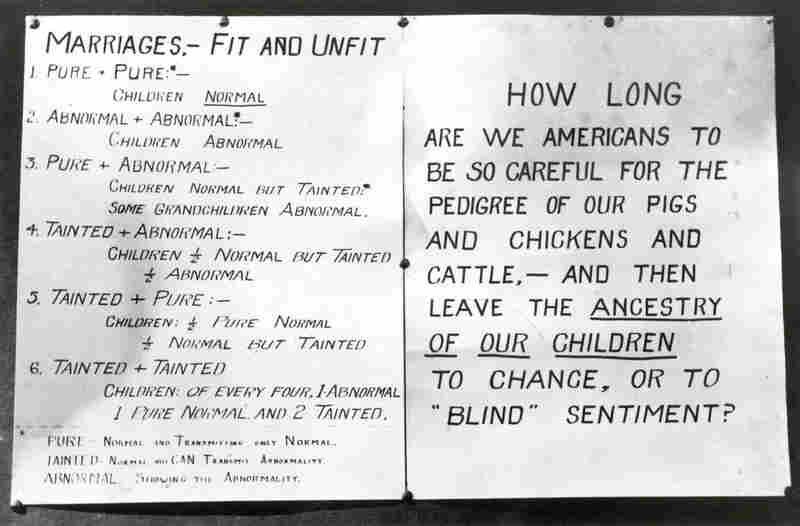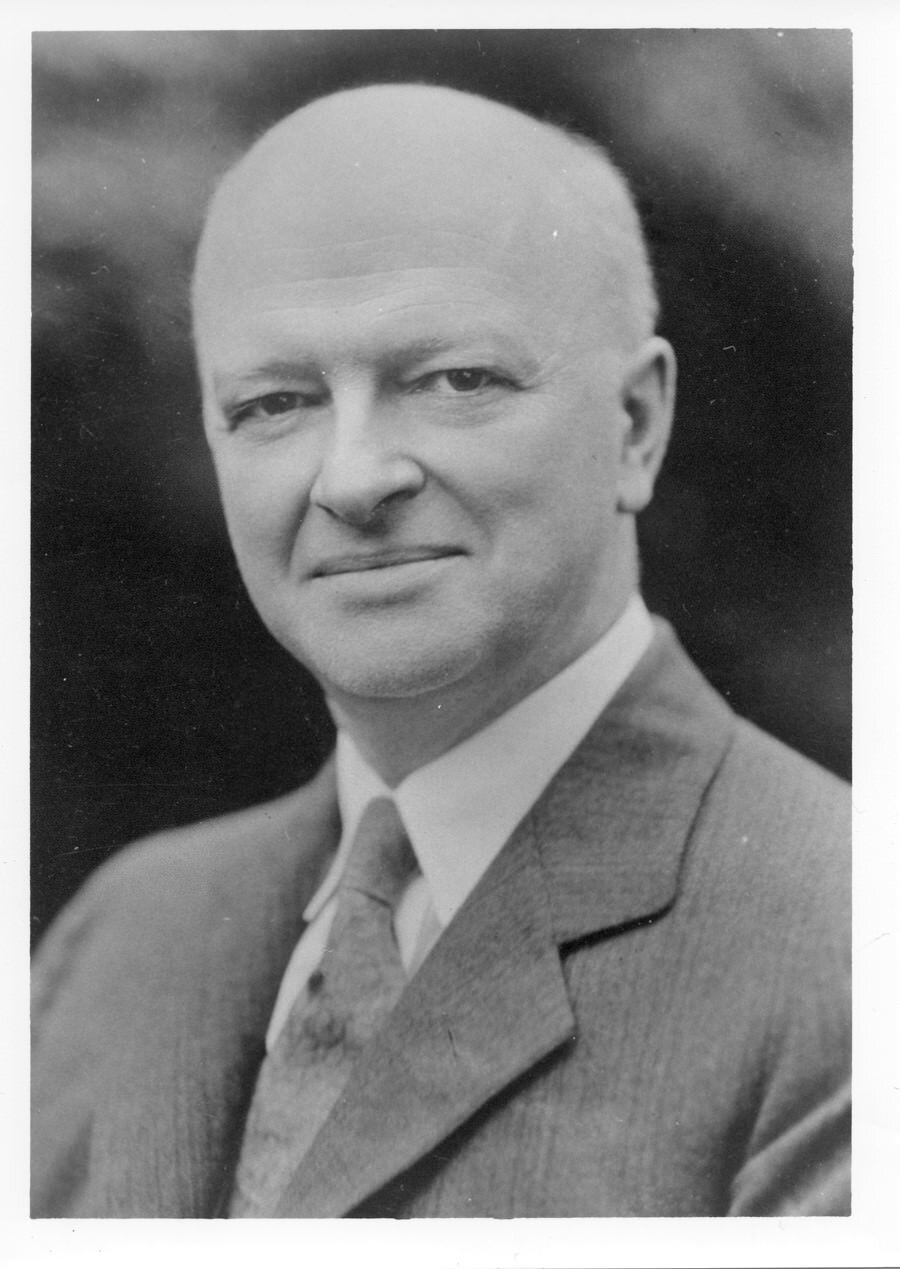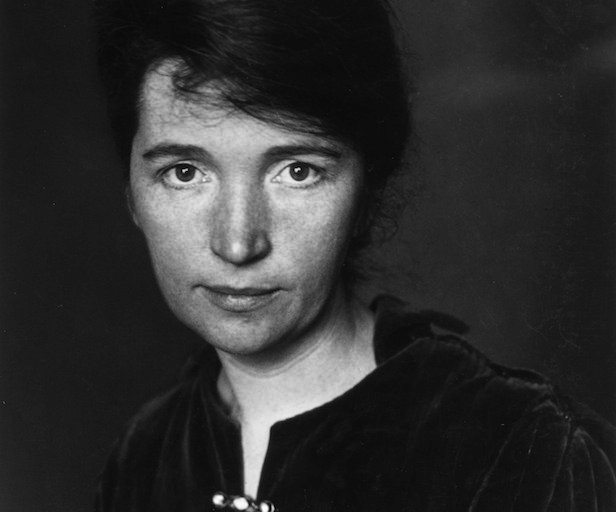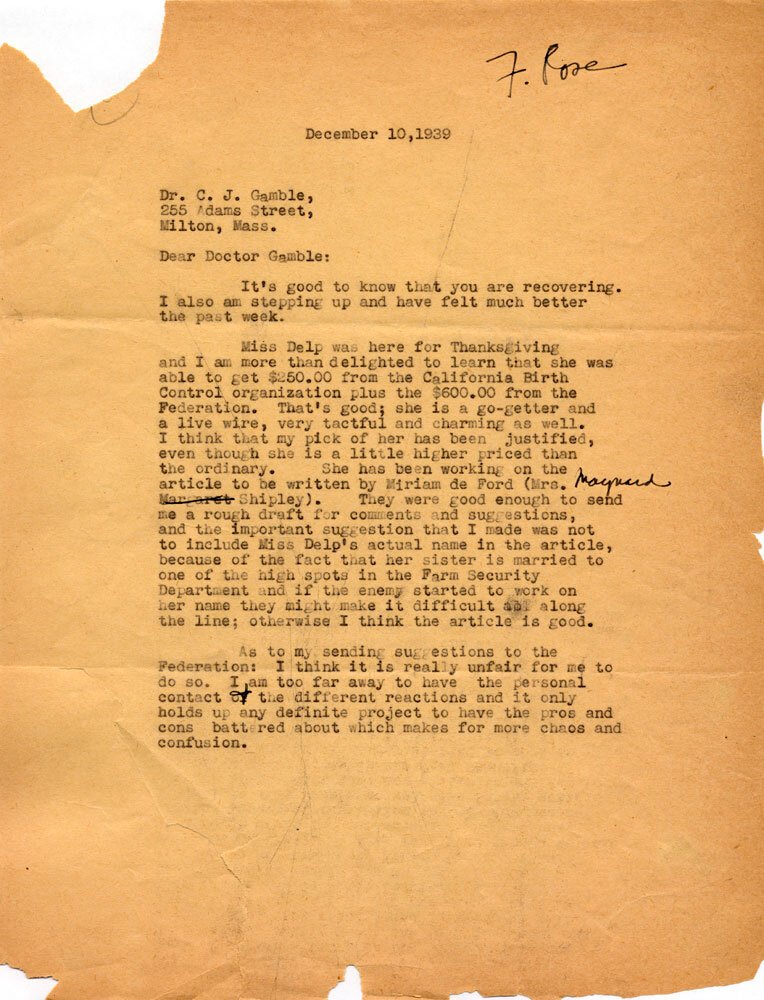a dirty secret.
Backstory. The Army moved our family of 6 to Northern Italy during the height Covid back in 2020. When we arrived, our family of six was placed in an old, empty home outfitted with barracks-style cots, a couch, and our 12 suitcases to quarantine for 15 days. A soldier left groceries outside the front door every few days. It was an experience….
During this time, I spent two weeks circling down a rabbit hole of this dirty secret I am about to share with you. There were tears—albeit, I was probably already in a peculiar emotional state given my family had just moved to a different continent during a global pandemic and I had no idea what lay before us… But still. The darkness that I was uncovering shattered my heart.
I called Crystal and told her that this was one of the hardest pieces I had put together for The Pelican Project because of the evil that lurked in every corner.
As parents, I invite you to take a few minutes to read what we have shared. Then I invite you to plant seeds of love in the hearts of your child with one of my favorite Pray, Grow, & Serve’s this week. (We are learning about a saint who, despite being terrible abused by her parents and “thrown away” by those who should have cared for her, became the patron saint of the “unwanted” through her incredible heart and capacity to forgive.)
Let’s begin….
Eugenics. A cumbersome word that today makes most people uncomfortable. It conjures difficult images of the Third Reich weeding out the “fit” from the “unfit” as unsuspecting families unloaded from trains at concentration camps throughout Europe. We sit back and listen to stories about WWII, jaws dropped, unable to comprehend such evil. But, what is a shock to many is that the playbook, Hitler’s Mein Kampf, that outlines his plans for Germany and justifies the racial purification necessary for such a patriotic dream, has a dirty little secret. The groundwork of eugenic theory and application that Hitler so admired and implemented had much of its start right here in America under the name of “progress” and social service. While the Nazi Regime has seen its end, eugenic theory and application has seeped into much of Western Civilization. Eugenics, although no longer called such an unpleasant name, isn’t just alive and well in today’s culture, it has gained momentum and approval that has broadly influenced many aspects of our culture.
When we look at the startling number of 61,000,000+ abortions in the U.S. since Roe v Wade or consider the 1,000,000 abandoned frozen embryos in labs throughout the country, must ask ourselves, “How did we get here?!” …
Asking questions like these is crucial because we don’t know where we are headed if we don’t know where we have been. Eugenic theory deeply influences many of the issues that most aggressively deny the dignity of the human person, including abortion, sterilization, euthanasia, IVF, embryonic testing, etc. Eugenics is completely antithetical to a coherent moral vision that respects the dignity of every human person.
Where did eugenics come from?
Theories behind improving the "quality" of the population can be traced back for centuries to include Greek philosopher Plato. However, the eugenics movement as we understand it today began in 19th century England with Francis Galton, who was inspired by his famous cousin Charles Darwin. Galton believed that the human race's proper evolution (i.e., survival of the fittest) could not correctly occur when individuals, acting in charity, provided aid to the "unfit." With the evolution theories in mind, Galton coined the term "eugenics," believing that man could improve the "quality" of the human race by controlling reproduction.
The pseudoscience of Eugenics gained momentum with the elite and academia finding its way into other European countries and the United States. It took on two forms, positive and negative Eugenics. Positive Eugenics influenced who would reproduce, and negative Eugenics focused on the elimination of reproduction by the "unfit."
Who was considered “unfit”?
The "unfit" list during that time is not much different from the list kept today. (Yes, we have a list, I will talk about that list below.) The unfit during this time were the: "Feebleminded, morons, epileptics, criminals, insane, alcoholics, paupers, promiscuous, deformed, blind, deaf, and mute.” Also, the "unfit" applied to certain "inferior" ethnic groups and cultures, including, Black, Eastern/Southern European, Jew, Mexican, and Native American.
The featured charts were displayed at the Eugenic and Health exhibit at the Kansas Free Fair in 1929. (Image from American Philosophical Society Library.)
How Was the Evil of Eugenics Implemented in the United States?
Henry Laughlin
In 1926, leading eugenicists established the American Eugenics Society, to include Henry Laughlin. Laughlin had much to say but the tone of his work can be easily summed up by this despicable quote, "The direct means of controlling the racial quality of future generations available to our more enlightened and humane states are the legal control of immigration and of marriage; social punishment for illegitimacy; the regulation of attempts at birth-control, abortion, and infanticide; ... and finally the limitation of reproduction of degenerates by eugenical sterilization."
Not surprisingly, American Laughlin received high honors from the Nazi regime. Laughlin reveled in the Nazi's praise for his work in Eugenics who touted him as a "far-seeing representative of racial policy in America."
In 1936, he was awarded an honorary Doctorate of Medicine from the University of Heidelberg, Germany. Laughlin used his position in various U.S. government positions to implement his progressive eugenic agenda. According to Truman State University's Pickler Memorial Library, Dr. Laughlin served as the "eugenics expert" for the Committee on Immigration and Naturalization, U. S. House of Representatives, the Eugenics Associate to the Municipal Court at Chicago, the U. S. immigration agent to Europe for the Department of Labor, and was a member of the permanent Immigration Commission of the International Labor Office of the League of Nations.
What was a eugenics’ expert needed for?
Carrie and Emma Buck
Good question.
In 1927, Buck v Bell, a now-famous court case, called for Laughlin's "expert opinion”…
Before we get to his testimony, here is a little about the defendant, Carrie Buck. Carrie was 4-years-old when her parents separated. After the separation, her mother, Emma, was unable to adequately provide for Carries' needs; consequently, Carrie entered the foster care system. During her foster care time, she attended school until the 6th grade.
During her school years, she was considered by her teachers as an average student. When Carrie was 17, she was raped by her foster mother's nephew and became pregnant as a result. While still pregnant, Carrie was institutionalized at the Lynchburg Colony for Epileptics and Feebleminded. There is much speculation that her institutionalization was done to divert attention and blame for Carries' rape in an effort by her foster mother. In 1924, Carrie gave birth to Vivian, who was then immediately taken from Carries' care. Carrie's doctor, Dr. Bell, was fighting for the legal right to forcibly sterilize Carrie and other women whom the institution deemed "unfit" to reproduce.
Dr. Laughlin was called upon to offer "expert testimony" regarding Carrie's "feeble-mindedness." He affirmed the diagnosis by providing this evidence: "This girl comes from a shiftless, ignorant, and worthless class of people ..."
This was proof enough for the court. (Yes, you read that correctly.) In 1927, the decision of Buck v. Bell allowed for the forcible sterilization of poor women in institutions and jail throughout the United States, including Carrie and over 60,000 other women. Justice Oliver Wendell Holmes wrote in his majority opinion, "Three generations of imbeciles are enough." The Nazi party praised this new American law and used it to model their own sterilization programs, forcibly sterilizing more than 400,000 men and women throughout Germany.
What kind of organizations have eugenic roots?
Margaret Sanger, Founder of Planned Parenthood.
Margaret Sanger, Planned Parenthood's founder, was a card-carrying member of the American Eugenics Society and her work had a deeply racist agenda. In a letter to Clarence Gable, she wrote, "We do not want word to go out that we want to exterminate the negro population and the minister is the man who can straighten out that idea if it ever occurs to any of their more rebellious members." Sanger went on to say in a speech called "The Eugenic Value of Birth Control Propaganda in October 1921, Sanger said, "the most urgent problem today is how to limit and discourage the over-fertility of the mentally and physically defective."
Today, Planned Parenthood supporters deny Sanger as a eugenicist or a racist — Why? Well, because the history of an organization matters. When you consider that today, in some cities more black children are killed by abortion than born alive we must pause to consider the racist roots of the leading abortion provider in the United States, Planned Parenthood.
Why should pro-life advocates know about the eugenics movement?
The answer is simple.
The eugenics movement denied the basic dignity of the human person. Eugenicists believe man is worth as much as his mental and physical prowess, and a state is as strong as its people — man is "biological capital." On the other side of the same eugenics coin, an "unfit" man, woman, or child is expendable.
Twentieth Century posters in the U.S. read, "Some are born to be a burden to others." This is the same rhetoric used today to push an agenda that denies the dignity of human life through control over reproduction, i.e. abortion, sterilization, genetic screening, and the list goes on and on…
The idea of a “fit” and “unfit” class of people hasn’t gone anywhere.
Consider the following:
Planned Parenthood has kept Sanger's eugenic mantra, "every child a wanted child" and is the largest abortion provider in the United States. Abortion numbers are greatly disproportionate according to race and socio-economic status; poor, single, mothers of a minority race have the highest rate of abortion.
The rabid pursuit of genetic screening technology is a seek and destroy mission for fetal "abnormalities,” i.e. “the unfit.” Physical and chromosomal abnormalities are considered justified reasons to terminate a pregnancy.
Sterilization is the leading form of birth control in the United States. Almost half of these sterilization procedures are being pushed on women in the vulnerable hours right after giving birth.
State-supported “physician-assisted suicide” where those who are no longer “fit” to live are able to get a lethal prescription. Often those who choose such a path share that they no longer want to be a “burden” to those around them.
All of these examples are echoes of yesterday's eugenicists and points to a pervasive evil that still influences today's culture.
A Catholic Response
As Catholic disciples, we have a moral imperative to respect and defend the dignity of all human life. Eugenic theory is a thread that has woven itself throughout much of modern culture and attacks the sanctity of the human person. Understanding how we got to this point is crucial in understanding how to move forward and to understand why being pro-life is not simply a conversation about abortion. Abortion is a symptom of a much larger problem, namely the objectification of the human person because we fail to uphold Christ’s command to love our neighbor. When the human person becomes a commodity our society fails and the vulnerable within that society — those we are commanded to care for — die. It is only when we have a coherent moral vision for our pro-life work that we can successfully identify and remove the toxic threads that bind us from flourishing as a Body of Christ.







